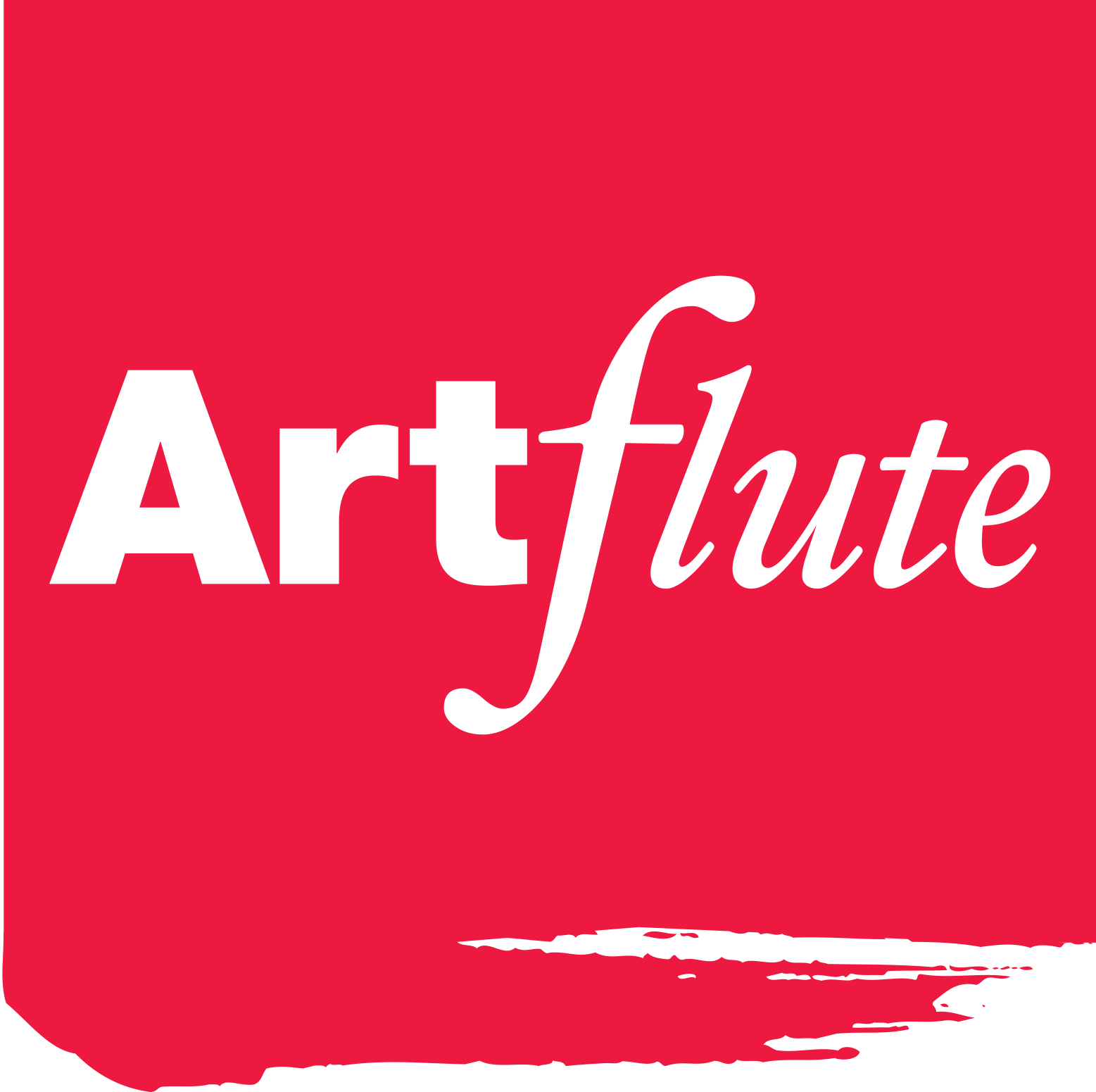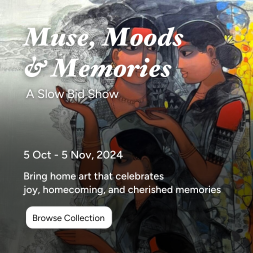Painting | Natural Stone Colour on Cotton Cloth | 45 (w) x 60 (h) inches
Painting | Natural Stone Colour on Cotton Cloth | 48 (w) x 60 (h) inches
Painting | Natural Stone Colour on Cotton Cloth | 36 (w) x 60 (h) inches
Painting | Natural Stone Colour on Canvas | 36 (w) x 48 (h) inches
Painting | Natural Stone Colour on Cotton Cloth | 36 (w) x 48 (h) inches
Painting | Natural Stone Colour on Canvas | 36 (w) x 48 (h) inches
Painting | Natural Stone Colour on Cotton Cloth | 36 (w) x 48 (h) inches
Painting | Natural Stone Colour on Cotton Cloth | 48 (w) x 60 (h) inches
Painting | Natural Stone Colour on Cotton Cloth | 24 (w) x 36 (h) inches
Painting | Natural Stone Colour on Cotton Cloth | 18 (w) x 24 (h) inches
Painting | Natural Stone Colour on Cotton Cloth | 18 (w) x 24 (h) inches


 Price
Price
 Size
Size

 Orientation
Orientation
 Color
Color
 Style
Style
 Categories
Categories
 Sort
Sort




.jpg)










 '
'
 '
'


